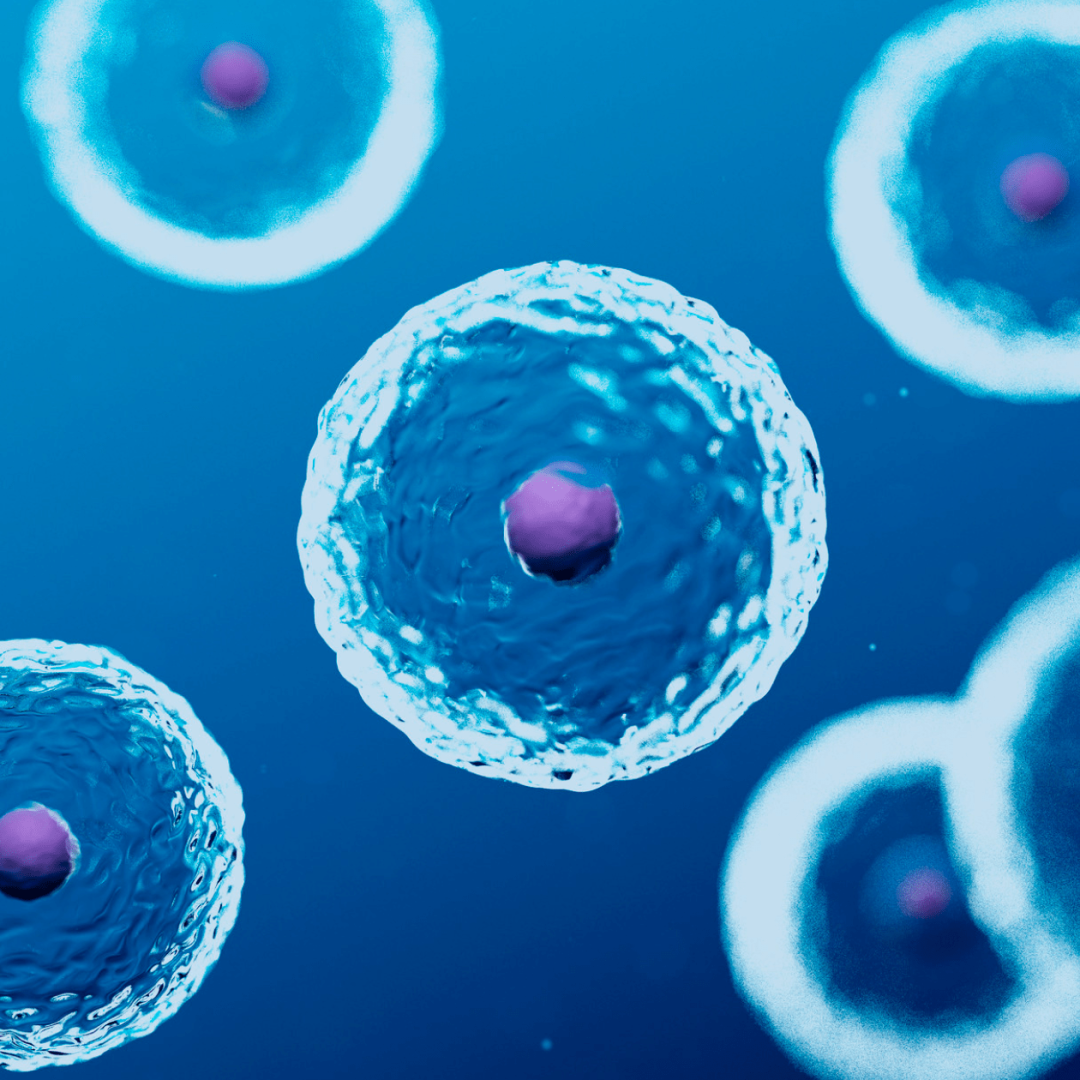Testing
Our treatment philosophy is based upon our desire to greatly improve the way we treat cancer.
There is a tendency to get tunnel vision and view cancer as merely a diseased organ. For example, with breast cancer, the tendency is to view the breast as the problem. However, using the weed-and-garden analogy, cancer is not just the problem of weeds but the soil itself which allowed the weeds to grow.
The foundation of our four pillars stems from our belief that cancer treatment should be personalized to each patient. Remember, your cancer is as unique as your fingerprint.
PILLAR 1: Target cancer cells
We must not abandon proven treatments that kill cancer cells directly. In our office, we still utilize chemotherapy, but in lower doses given more often (termed fractionated metronomic chemotherapy). This has several advantages, including more frequent “hits” to the cancer cells and a lower risk of side effects.
In addition, we also make appropriate referrals to surgeons and radiation oncologists when needed.
In short, we do not abandon conventional, standard-of-care medicine because these treatments are superior in addressing cancer at its root by killing or removing cancer cells directly. Quite simply, abandoning such treatments in favor of purely natural, alternative, or holistic approaches is bad medicine.

PILLAR 3: Protect the body’s healthy cells
Targeted treatments are vital in fighting cancer, but we must not forget the body’s normally functioning cells in the process. Good nutrition is essential to allow the many trillions of healthy cells to have the materials they need to do their respective jobs. Supplementation also plays a role to address deficiencies and side effects which may be present.

PILLAR 3: Protect the body’s healthy cells
Targeted treatments are vital in fighting cancer, but we must not forget the body’s normally functioning cells in the process. Good nutrition is essential to allow the many trillions of healthy cells to have the materials they need to do their respective jobs. Supplementation also plays a role to address deficiencies and side effects which may be present.

PILLAR 4: Nourish the soul
It’s easy to get caught up in the science, treatment, prognosis, etc. But why not use this process to truly nourish our souls? It is easy to forget that cancer isn’t just about the fight that occurs inside the body, but also inside the brain. Research has shown us that the mind is in very close communication with the body, and our thoughts and words can have a profound impact on the health of our bodies. Our treatment program harnesses this power, incorporating it into our protocols in a valuable way.

Gathering Data
We need more than just your health history
Treating cancer as a systemic disease
Cancer must be treated with an awareness that the body is a highly interconnected unit, based upon many different but related biochemical and physiological processes. This holistic view is one of the foundational aspects of our approach to cancer.
Conventional treatment may cause short-term and long-term effects.
Short-term:
- Fatigue
- Headaches
- Vision changes
- Nausea and vomiting
- Diarrhea
- Constipation
- And more
Long-term:
- Neuropathy
- Digestion issues that won’t go away
- Toxicity
- Risk of cancer
- Radiation treatment effects
However, there is a better way to treat cancer. You don’t have to resort to toxic treatments. You have options. You’re in control of your treatments. You don’t have to be a passive participant in your cancer care.
Cancer is a powerful adversary, and we should have as much information about it as possible if we seek to be victorious over it. This data can take on many forms, including blood testing, urine testing, saliva testing, imaging, and the often-forgotten physical exam.
To effectively treat cancer, we need more than just your health history. This is where advanced lab testing comes in.
The first step is to obtain an accurate diagnosis, and this is done via a biopsy. After a biopsy confirms the presence of cancer, we must embark on a journey to obtain as much helpful information as possible. The more objective data we have at our disposal, the better.
Baseline Lab Testing
Laboratory testing can provide us with a significant amount of information, and ideally is the first place to start after being diagnosed with cancer. My baseline lab panel, which is performed via blood testing, consists of a very thorough investigation into how the body is working.
Below are some of the most important blood tests I order on my patients. Although all of these tests are readily available from most commercial labs, your oncologist probably will not be familiar with all of them. Hopefully, your oncologist is open-minded and thus is willing to have a conversation with you. If so, I encourage you to ask him or her if you can have some of these tests which might not be part of their routine panel.
Biocept
We know that cancer is not just a disease of the breast, colon, or prostate, but of the entire body. By the time a tumor is just several millimeters in size (much too small to be detected on a CT scan, PET scan, or MRI), it is already releasing what are known as circulating tumor cells into the blood. These circulating tumor cells, also known as CTCs, are cancer cells which ultimately lead to the progression and spread of cancer if not eliminated. Anyone who has had cancer — even someone who is in “remission” — will often have some level of CTCs. Thus, it is obvious that we should be measuring these cells, not only at the time a cancer diagnosis is made but also at regular intervals during and even after treatment. (1)
There are several tests which measure circulating tumor cells. Unfortunately, they use different methodologies, and most are of questionable reliability. Only one CTC test is FDA cleared, and that is the CELLSEARCH test. This test is readily available in the United States through most standard labs. It is approved to detect circulating tumor cells of breast, colorectal, and prostate origin. Those patients who are found to have some level of circulating tumor cells through this test have a worse prognosis. Although the CELLSEARCH test is the only FDA cleared CTC test, I believe that the Biocept CTC test is more informative. Its advanced technology allows for a wide variety of CTCs to be measured, and thus provides the best evaluation of cancer’s systemic burden inside the body. Biocept is located in California, and typically has a turnaround time of about one week for results.
There are other circulating tumor cell analyses performed by labs outside the United States. The most well-known of these is the “Greek test,” developed by the Research Genetic Cancer Centre (R.G.C.C.) in Greece. The formal name of this test is Onconomics Plus. The Onconomics Plus test is used by some alternative practitioners to analyze the number of circulating tumor cells, and also additional information. It uses a different methodology from the CELLSEARCH and Biocept CTC tests, so these results cannot be directly compared and I do not feel that it is a reliable test. In our office, we use the Biocept test to measure CTCs when indicated.
Caris Molecular Intelligence
The Caris Molecular Intelligence test is an innovative test which analyzes a patient’s tissue for specific genetic alterations. This is a very convenient test, as Caris obtains the tissue from a pathology lab which contains a patient’s biopsy or surgical specimen. Once Caris receives the specimen, an in-depth analysis is performed to evaluate the presence and activity level of hundreds of genes. Based on the results, treatment decisions can be made regarding which pharmaceutical agents might be most effective.
I especially like this test because it is backed by excellent, up-to-date research. It allows for the ultimate in personalized cancer treatment, which is especially important when we are dealing with pharmaceutical agents.
Validation of Methods
Evaluated for completeness, accuracy, and reliability
FDA-Approved Laboratories
For the patient’s peace of mind, testing is performed at Food and Drug Administration-approved labs. Bottom line: These labs are held to the highest standards.
The FDA, among other things, is responsible for protecting the public health by ensuring the safety, efficacy, and security of human drugs, biological products, and medical devices.
As part of the FDA’s effort to achieve uniformity and consistency in laboratory inspections, operations are evaluated by an experienced laboratory analyst with specialized knowledge.
In the United States, the development and marketing of commercial tests are regulated by the FDA. They are considered “medical devices” and, specifically, “in vitro diagnostic devices (IVD).” As such, they must be evaluated and approved by the FDA.
Information regarding the validation of methods is carefully evaluated for completeness, accuracy, and reliability. In particular, if a compendial method exists, but the firm chooses to use an alternate method, they must compare the two and demonstrate that the in-house method is equivalent or superior to the official procedure. For compendial methods firms must demonstrate that the method works under the actual conditions of use.
In the review of method validation data, it is expected that data for repetitive testing be consistent and that the varying concentrations of test solutions provide linear results.
Overall management of the laboratory work, its staff, and the evaluation of the results of an analysis are important in the evaluation of a controlled laboratory.
The process required for a new commercial test to gain approval for marketing by the FDA can be long and costly, sometimes taking many years, depending on how complicated the test is. A number of ideas for tests never make it to the clinical trial stage, where the safety and efficacy are evaluated on patient volunteers, and sometimes a promising test that healthcare practitioners read about in the scientific literature never becomes commercially available.
If commercial tests do become available, the laboratory tests must meet stringent standards both during the manufacturing process and when they are used in the clinical laboratory.
